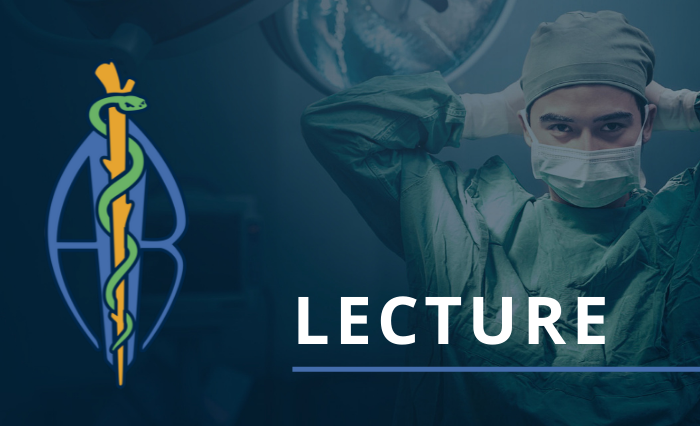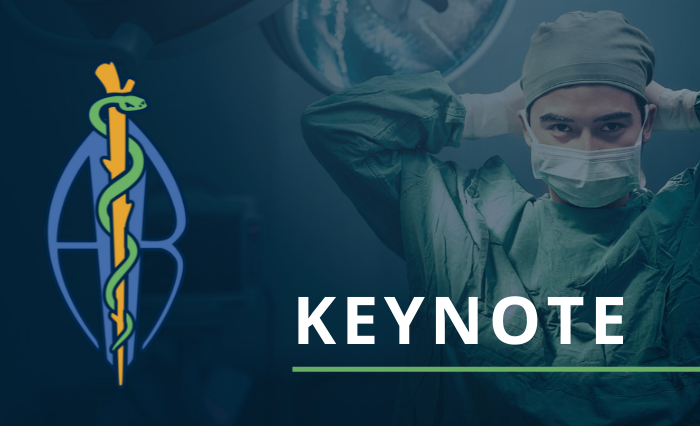The Sheep as a Model for Assessing Long Term Functional Patency and Maintenance of Arteriovenous Grafts
Christine Siebert2024-03-18T04:28:35-05:00Speaker - John Carney University of Minnesota Patients with end stage renal disease often require vascular grafts to create arteriovenous (AV) shunts for hemodialysis access. However, graft complications frequently occur resulting in loss of functional patency and need for subsequent interventions. Although sheep have been used to evaluate preclinical graft safety, research lacks regarding use for prolonged graft maintenance and postoperative interventions. We sought to validate the sheep model in evaluating chronic AV graft patency and salvage techniques using clinically established approaches. Methods: Methods: Three (n = 3) adult sheep weighing 88 ± 21kg and 14 ± 1 months old [...]



